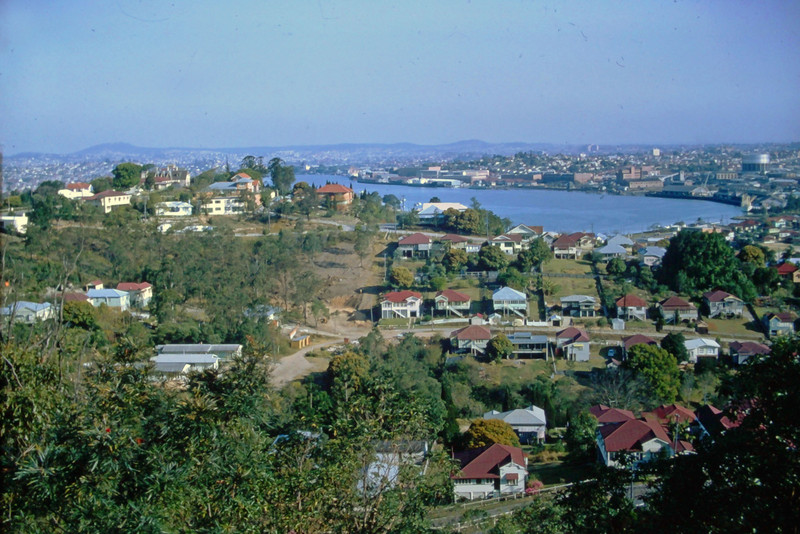Here is the secret to eating in Portugal: Portugals cuisine has long resisted the encroachments of fusion or molecular gastronomy. Hearty to a fault, restaurants churn out satisfying variants of bacalhau (salted cod), chicken, and cakes. Another reason, Portugal is relatively cheap, and we are told by travel experts and foodies to forget about counting calories here. Local wines are fairly priced, and very underrated.
A word to the wise when dressing up for dinner: do not wear heels. Why? the hilly streets are steep, cobblestoned, and are known as heel eaters for lack of a better term. And dinner does not usually start until 9pm! My solution for that is to start with cocktails around 6pm and stay until midnight. But I will say, the locals know how to party. A proper night out can go all night and into the morning, but they know how to pace themselves. I never heard of the word pace while out on an celebration.
da Gama, Ferdinand Magellan, and Pedro Alvares Cabral set sail for the New World with the encouragement of Henry the Navigator. So, basically seafood rules, but inland, pork holds its own. The heartiest cuisine focuses on slow cooked porco preco (Iberian black pig), lamb and bread. But whether land or sea, Portuguese cuisine is heavily influenced by African, Brazilian, and Spice Route.styles.
There is a saying here, that you need not search for Portugals most famous dish, bacalhau or salted cod fish. It will find you! Most of from Norway with around 25,000 tons imported annually. Interesting that the national dish is made from Norwegian cod. Though the fish is preserved in salt using a simple prerefrigeration technique, the bacalhau is soaked extensively in water to remove the salt. It seems to me. It can be baked as a filet, or in casseroles, grilled, swimming in rice (that is not a pretty picture), or shredded with scrambled eggs, onions, and fried potatoes. Every Portuguese restaurant knows how to make it and make it quite well.
But the one item most foreigners look forward to is the custard tart, or pastel de nata. This famous dessert is a
tiny and rather decadent Portuguese egg tart. Known generically around the world as pastel de nata, it is protected as pastel de Belem where it originated in the Lisbon suburbs in 1837. The original recipe is lock up and passed down verbally by monks at the UNESCO listed Jeronimos monastery. Powdered sugar and/or cinnamon are sprinkled on top. But the secret is in the textural contrast between the creamy egg custard filling, and the flaky pastry dough.
Much like other countries near the ocean, octopus is both local and ubiquitous. It is simply roasted then drowned in Mediterranean olive oil and garlic and served with slow roasted potatoes. This method of preparation renders the octopus tender, slightly chewy, and very flavorful. I have enjoyed the Greek version many times as well.
But my favorite might be the Iberian black pig (porco preto), which the Phoenicians produced by interbreeding their swine with wild boar. The meat is enjoyed numerous ways from charcuterie to grilled pork belly and sausages. Slow cooking the acorn fed pork is served in an all you can eat style in many family run taverns.
Another potential favorite of mine is duck rice (Arroz de Pato), a perfect marriage of boiled and shredded duck in a bed or Carolino rice (made with duck stock, garlic and onions).
I do recall having sardines down in the Algarve on my last visit. Grilled sardines are readily available from June to October, when they are the tastiest and plumpest. Outside of those months, the sardines are frozen. The preparation is rather simple, coarsely salted, on the grill, usually served with corn bread and sides of bell pepper salad and boiled potatoes.
Believe it or not, I am looking forward to the traditional Portuguese dish, francesinha, or little Frenchie consisting of a stack of wet, cured ham, linguica, steak or roast beef, and melted cheese, sometime topped with a fried egg.









